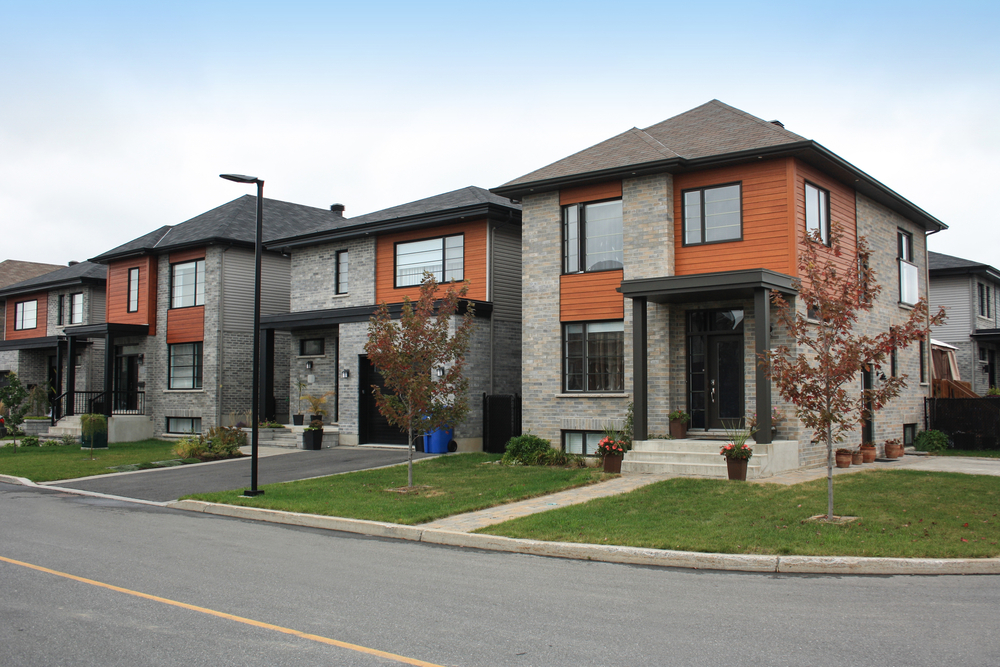Home Value Explained: Factors and Appraisal Methods
Understanding a home's value is essential whether you're buying, selling, or maintaining property. This guide explains the main influences on property worth—age, design, upgrades, local market forces—and outlines professional appraisal methods, market analysis, and tools like AVMs to help you estimate and boost your home's value.

Home Value Explained: Factors and Appraisal Methods
Knowing what drives a property’s worth helps buyers, sellers, and homeowners make smarter decisions. From the physical characteristics of a house to broader economic trends, several elements shape home value. This article breaks down those factors, explains how professionals appraise properties, describes market analysis, and offers practical tips and tools for estimating and improving value.
Key factors that affect a home’s value
Multiple attributes determine what a buyer is willing to pay for a house. Important considerations include:
-
Age of the property — Older homes can have charm and character but may also carry wear and outdated systems that reduce value. Newer construction often commands higher prices due to modern standards and fewer immediate maintenance needs.
-
Architectural style and design — The layout, curb appeal, and architectural features influence desirability. Certain styles may be more sought-after in specific neighborhoods or regions.
-
Recent renovations or upgrades — Well-executed improvements, especially in kitchens and bathrooms, typically raise value. Upgrades that improve functionality or aesthetics tend to offer the best returns.
-
Local real estate market conditions — Prices fluctuate with supply and demand. A hot market with few listings will generally push values up, while an oversupplied area can depress prices.
-
Economic factors — Interest rates, employment levels, and wider economic health affect affordability and buyer confidence, which in turn shape property values.
Professional appraisal methods
Appraisers rely on several established approaches to estimate fair market value. The three most common are:
-
Sales comparison approach: This is the most frequently used method for single-family homes. Appraisers analyze recent sales of comparable homes nearby, adjusting for differences in size, condition, amenities, and location to arrive at a market-based value.
-
Cost approach: This method estimates what it would cost to replace the property (land plus current construction costs) minus depreciation. It is useful for newer builds or unique properties with few comparables.
-
Income approach: Primarily applied to investment properties, this technique values a property based on its potential to generate income—using metrics like net operating income and capitalization rates.
Each method has strengths; appraisers often consider more than one approach and reconcile differences to produce a final opinion of value.
The role of market analysis
Market analysis provides context for pricing decisions. Real estate professionals monitor trends and indicators to determine whether conditions favor buyers or sellers and how values may shift.
Key elements of a market analysis include:
- Reviewing recent sales of comparable properties (comps)
- Tracking average days on market to gauge demand
- Comparing list price to sale price ratios to see discounting or bidding dynamics
- Assessing inventory levels and new listings
- Considering local economic developments, planned infrastructure, and zoning changes that could affect desirability
A rigorous market analysis helps set realistic expectations and informs timing for listing or purchasing.
Ways homeowners can boost property value
Not all improvements yield the same return. Smart investments focus on cost-effective upgrades and maintenance:
- Focus on kitchens and bathrooms: These rooms consistently offer strong resale value when modernized.
- Improve curb appeal: Landscaping, a fresh exterior paint job, and an inviting entryway create positive first impressions.
- Increase energy efficiency: New windows, better insulation, and Energy Star appliances attract buyers and can lower operating costs.
- Add usable square footage: Finishing a basement or converting attic space into a bedroom or office adds functional area and value.
- Repair structural and mechanical issues: Addressing roof, foundation, HVAC, or electrical problems prevents value erosion and buyer objections.
Consider neighborhood norms and consult local professionals to ensure renovations align with market expectations.
Estimating home value: tools and limitations
There are several ways to obtain a value estimate:
-
Automated Valuation Models (AVMs): Websites like Zillow, Redfin, and Realtor.com use algorithms and public records to provide quick estimates. They are convenient but can miss recent renovations, interior conditions, or unique property attributes.
-
Comparative Market Analysis (CMA): Performed by real estate agents, a CMA uses recent local sales and adjustments to give a market-based estimate and is often provided as part of agent services.
-
Professional appraisal: Conducted by a licensed appraiser, this offers the most defensible value opinion, commonly required by lenders.
Online estimates are useful starting points, but for major transactions or financing, rely on a professional appraisal or experienced local agent for accuracy.
Appraisals versus home inspections
These two services serve different purposes:
-
Appraisal: Establishes fair market value, primarily for lenders and buyers, based on comparable sales and valuation methods.
-
Home inspection: Focuses on the physical condition of a property—structural integrity, systems, and potential defects. Inspectors document issues that may require repairs or renegotiation but do not provide a market value.
While an inspection can influence price negotiations, only an appraisal determines lender-acceptable value.
| Service | Provider | Cost Estimation |
|---|---|---|
| Professional Appraisal | Licensed Appraiser | $300 - $600 |
| Home Inspection | Certified Home Inspector | $300 - $500 |
| Comparative Market Analysis | Real Estate Agent | Often free (part of agent services) |
| Online Home Value Estimate | Various Websites (e.g., Zillow, Redfin) | Free |
Prices, rates, or cost estimates mentioned in this article are based on the latest available information but may change over time. Independent research is advised before making financial decisions.
Understanding what drives home value and how it is measured empowers better decisions—whether you’re preparing to sell, assessing a purchase, or planning improvements. Use market data, professional guidance, and targeted upgrades to protect and increase your property’s worth in a changing market.






